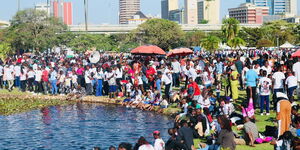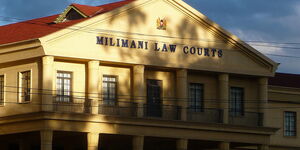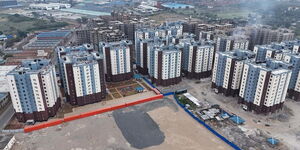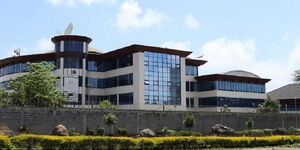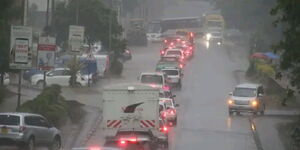A relentless downpour of rainfall across the capital on Sunday, December 1, left a trail of destruction across the city.
Motorists were left stranded as the raging floods rendered most of the major roads impassable.
"The road section along Thika Super Highway between NYS Headquarters and Muthaiga police station is completely submerged after the overnight rains," James Nyaga (a Thika road commuter) stated while speaking to Kenyans.co.ke.
The situation at Parklands area was even worse, with emergency response teams called in to salvage the situation, after the floods hit Aga Khan Hospital.
Nairobi Governor, Mike Sonko, assured his county residents that his team had managed to restore operations at the busy hospital.
"Following heavy rains in Nairobi that led to flooding in some parts of the city, our disaster response team managed to respond to emergency cases especially at Aga Khan Hospital in Parklands where normalcy has been restored. I thank the hospital's management for good coordination," he stated.
The hospital had sent out a distress signal, following the heavy downpour that left a large section of the busy Limuru Road, impassable.
At the Jomo Kenyatta International Airport, hundreds were left completely drenched from the rain as they were either getting dropped off or picked up at the new wing.
Vocal activist, Boniface Mwangi, and Machakos Governor, Alfred Mutua, called for the prosecution of the contractors who carried out the new wing project at the international airport, for carrying out substandard work.
"Whoever designed and those who built Jomo Kenyatta International Airport "new wing" deserve to be prosecuted and jailed," Mwangi posted on twitter.
Kenya railways also suspended commuter services to Imara, Syokimau, Rongai, Ngong after line between Nairobi CBD and Syokimau were submerged by heavy rains.
According to the latest weather alert, the southern half of the country would continue to experience heavy rainfall until December 2, 2019.
Nairobi's pre-historic drainage system was once again exposed, with South C and Kilimani areas some of the worst-hit residential estates.





